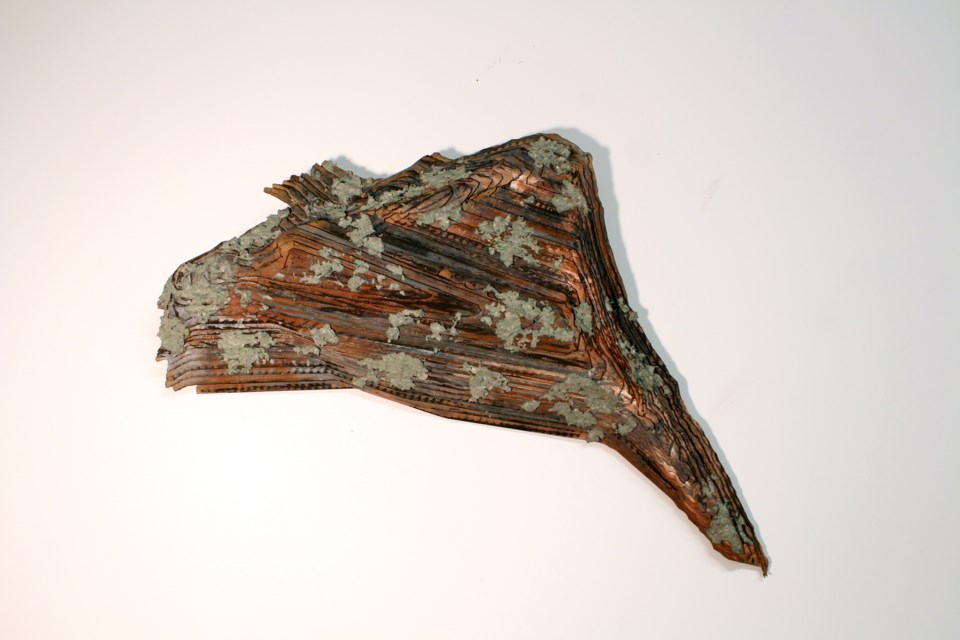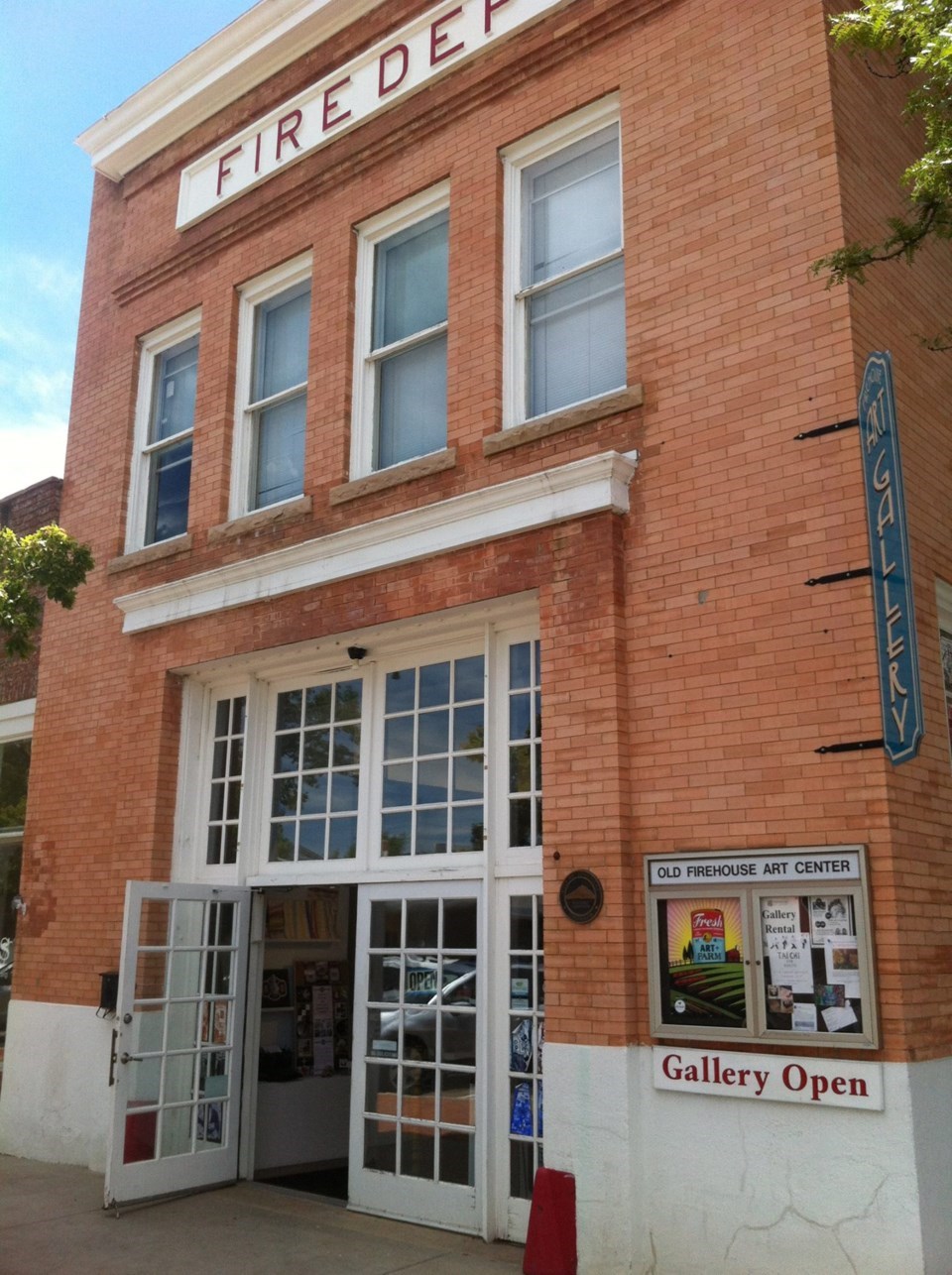Visitors of an upcoming installation at Longmont’s Firehouse Art Center will be both art viewers and test subjects this winter. A new residency program between the gallery and an initiative from the University of Colorado Boulder will have art and science students collaborate.
Every year, Firehouse hosts a winter and summer artist residency. For this year’s winter program, CU Boulder’s Nature, Environment, Science and Technology, or NEST, Studio for the Arts is working with the gallery to host two students from the university. NEST is a part of the larger CU Boulder Grand Challenge initiative and supports projects that explore methodologies of scientific studies and art-making practices.
The summer residency will be the same as a normal year but the partnership allows for an increased stipend, according to Brandy Coons, curator for Firehouse.
Combining the two fields of study — art and science — made sense to NEST and Firehouse.
“People who work in the sciences, and artists, are both trained and skilled at looking at the world, taking information and then presenting it again in a unique and new way,” Coons said. “So those thought processes that create a scientific set of data, and the thought processes and the techniques that create art are not unrelated.”
NEST aims for students to work in the community beyond the campus, said Jorge Perez-Gallego, the NEST scholar in residence. His appointment is in the department of Astrophysical and Planetary Sciences. He said the Firehouse was the best partner to host CU Boulder’s students.
“Being the Firehouse Art Center, Longmont’s leading contemporary art center —and having a focus on accessible contemporary art that engages curiosity and conversation — a partnership was meant to be, and we are truly excited about this opportunity,” Perez-Gallego said in a statement.
CU Boulder students Jennifer Cole a Ph.D. student at the Department of Psychology and Neuroscience, and Amy Hoagland, a Master of Fine Arts student in the Department of Art and Art History, were selected for the winter residency.
Hoagland and Cole are exploring the psychological benefit of viewing nature and art. The project will gauge viewers' reactions to sculptures inspired by the natural world.
“We are interested in how art and nature have exhibited psychological benefits for people who engage with them. Especially during the time of COVID19 where it is more difficult for individuals to experience art and nature at once. This may be a time in which individuals may particularly benefit from an immersive art installation,” Hoagland said in an email.
Hoagland creates artwork inspired by nature. She 3D scans natural forms and then creates sculptures from a mixture of materials including glass, metal and plants. For this project, she will create mixed-media sculptures involving recycled paper and cardboard from scans of rock formations from Clear Creek Canyon Park. Recorded sounds from the outdoors will softly play in the gallery. She said it will be immersive and “as a natural refuge for visitors.” Hoagland can’t reveal more about the final product, as it would interfere with the study.
 A sculpture by Amy Hoagland, graduate student of the University of Colorado Boulder. Hoagland recreates natural forms from 3D scans with mixed media. (Photo courtesy of Amy Hoagland)
A sculpture by Amy Hoagland, graduate student of the University of Colorado Boulder. Hoagland recreates natural forms from 3D scans with mixed media. (Photo courtesy of Amy Hoagland)During the gallery dates, Cole will ask both in-person and online viewers a set of questions. From the survey, she will study the human reaction to art and nature. Cole also will compare if the virtual experience yields the same results.
“I'm also grateful and excited that we can do this during COVID,” Cole said. “I think a lot of people are lacking nature and for cultural experiences like art in their lives, because we're all staying home all the time.”
Art and psychology can benefit each other, Cole said. With the findings from the winter residency, Cole hopes that artists will understand what art elements elicit a specific emotional response from its viewers.



